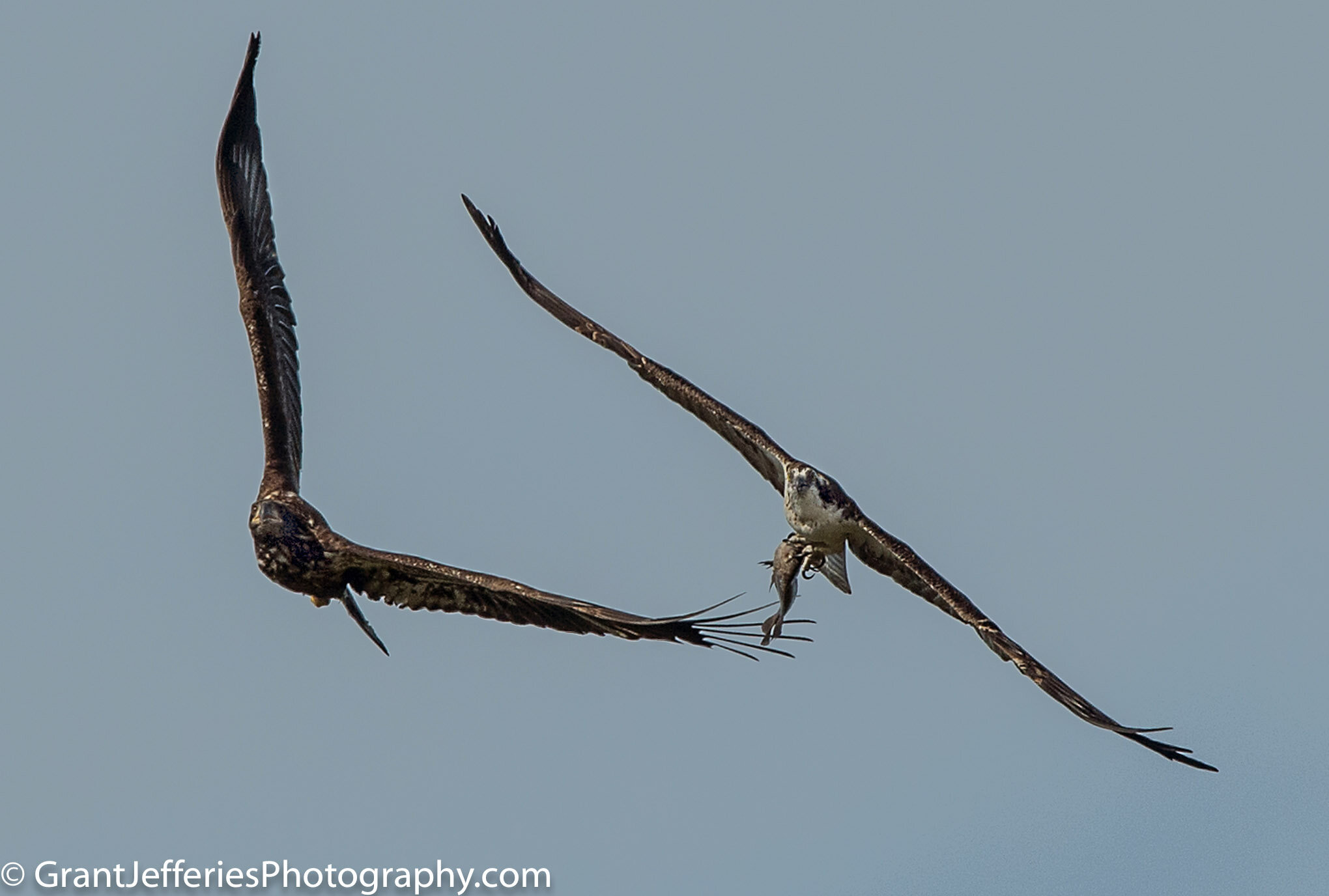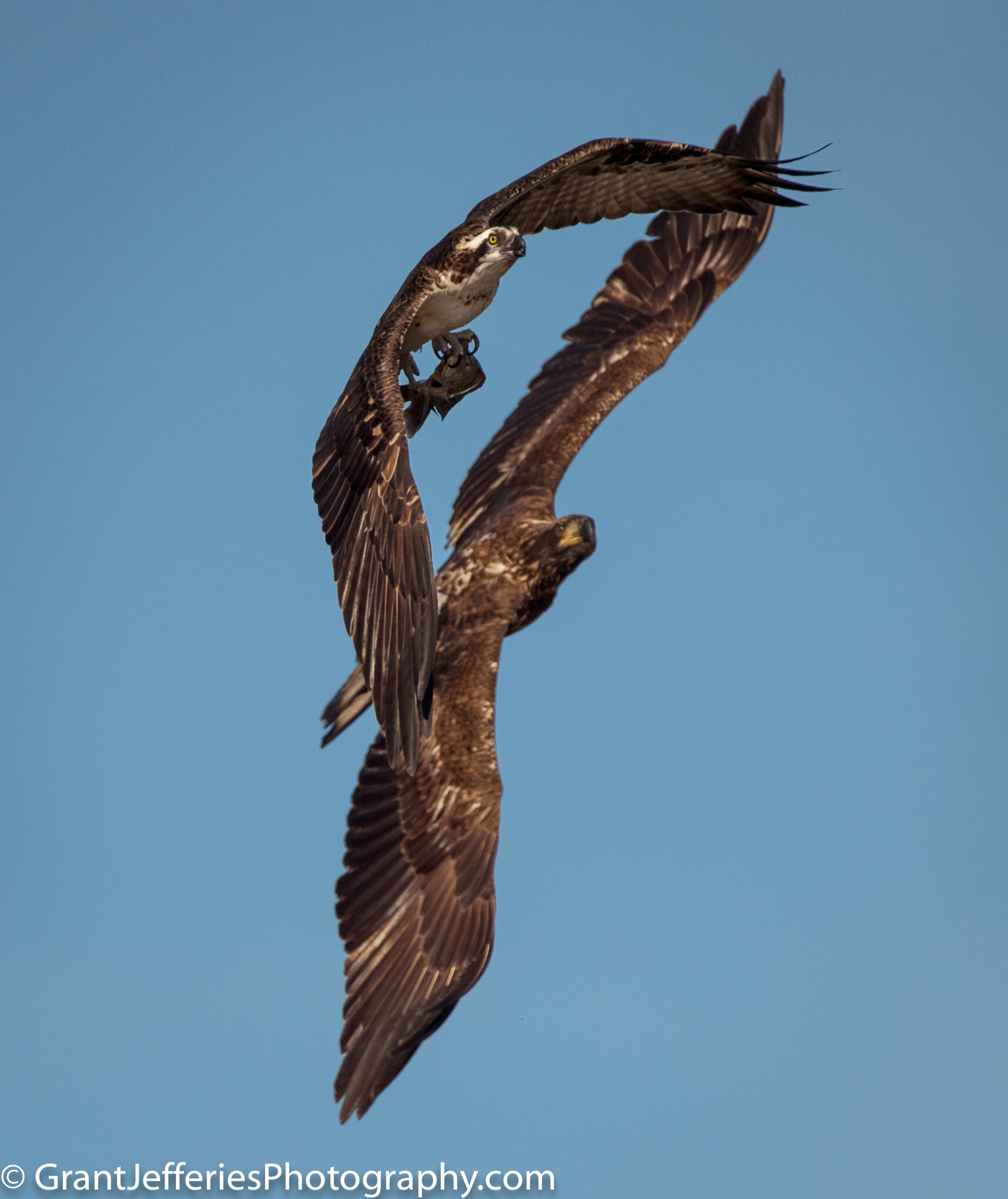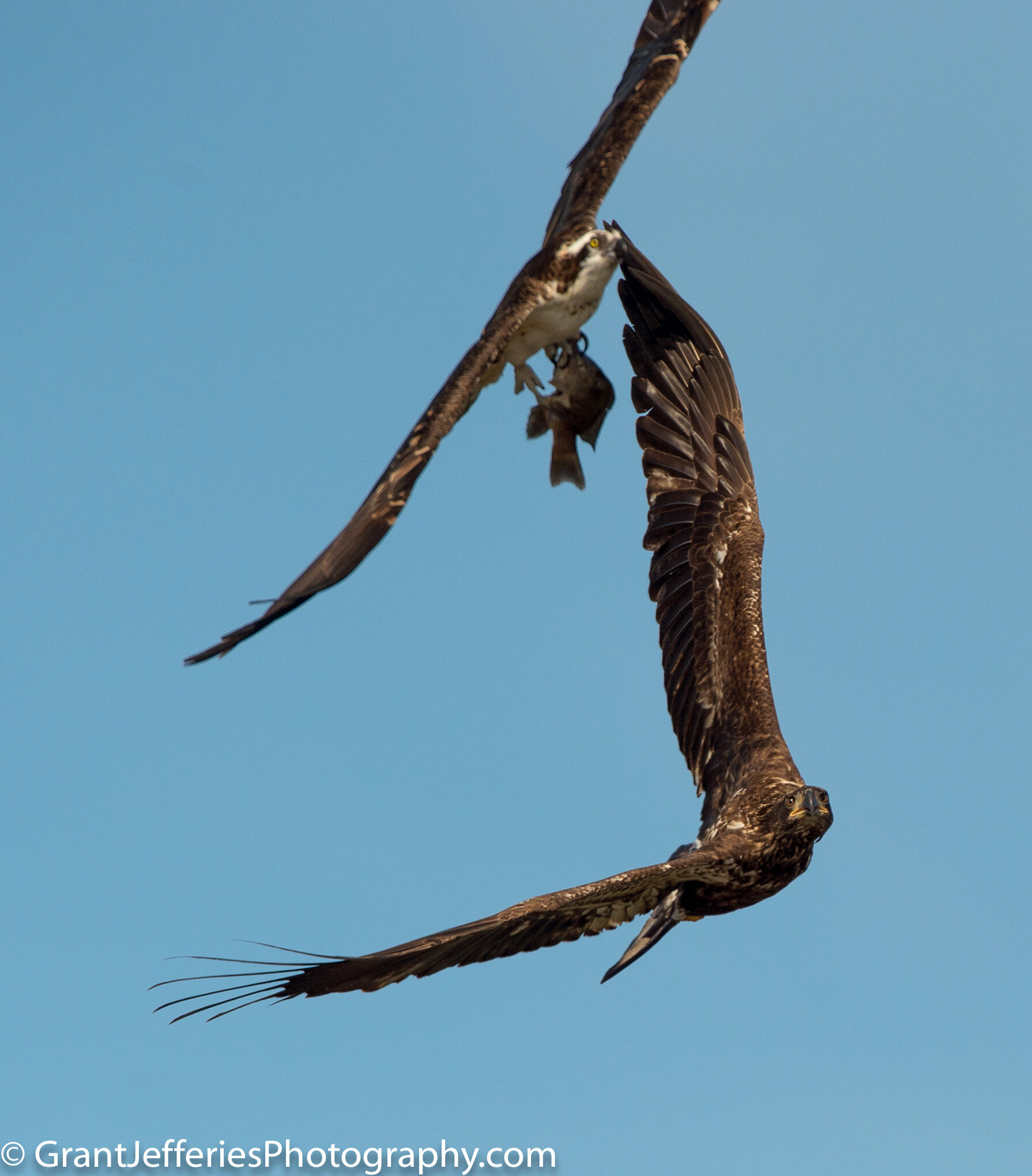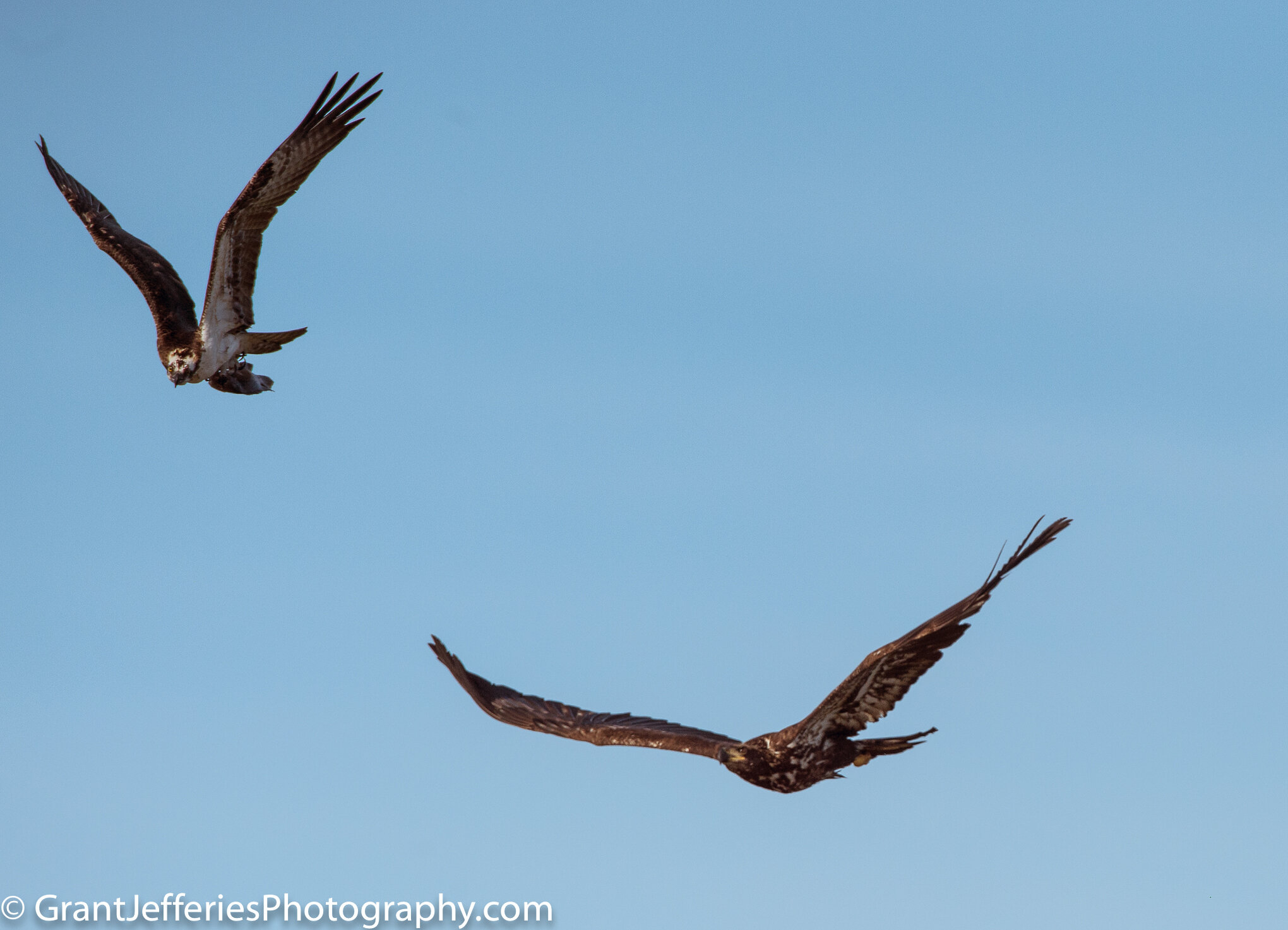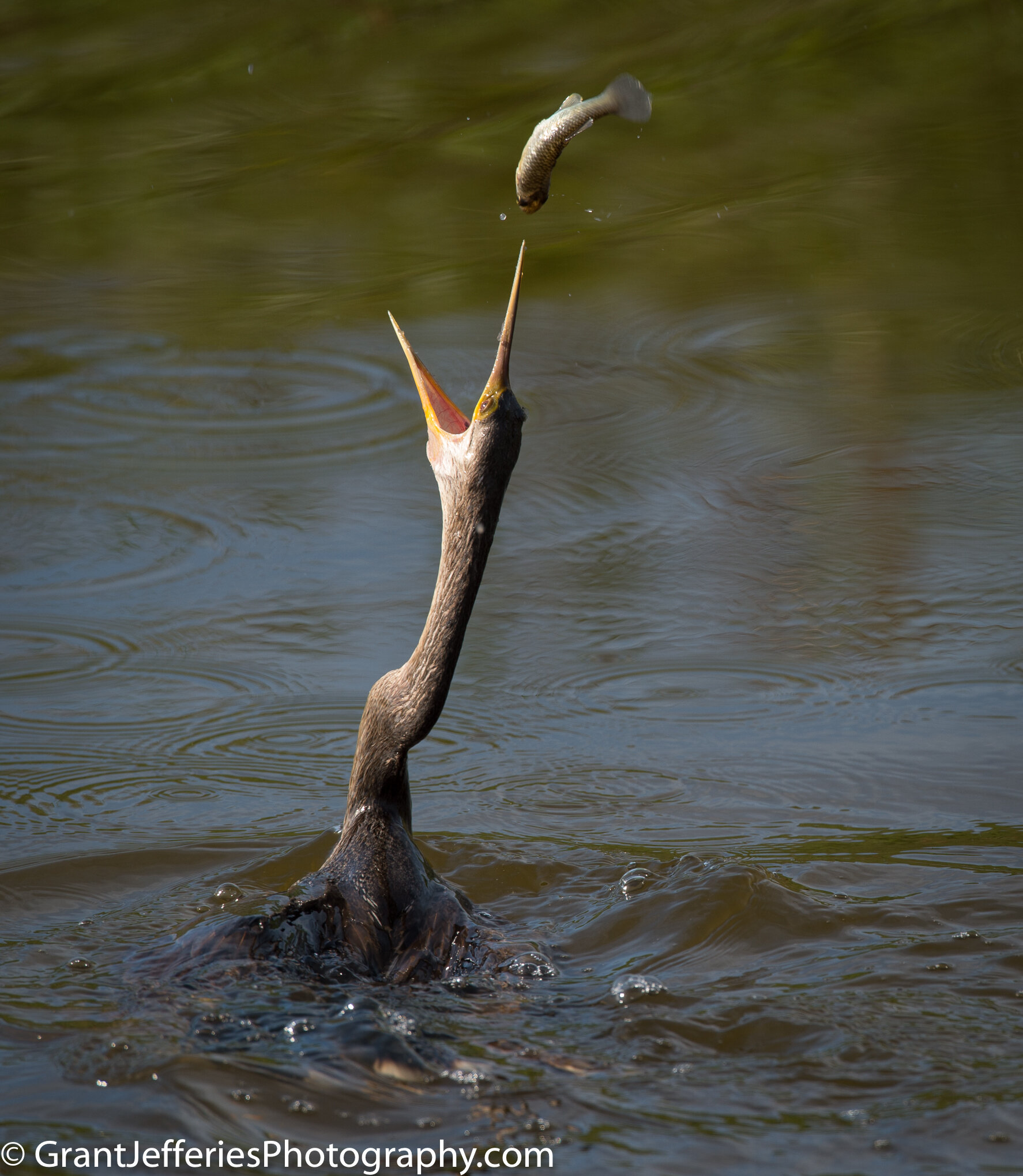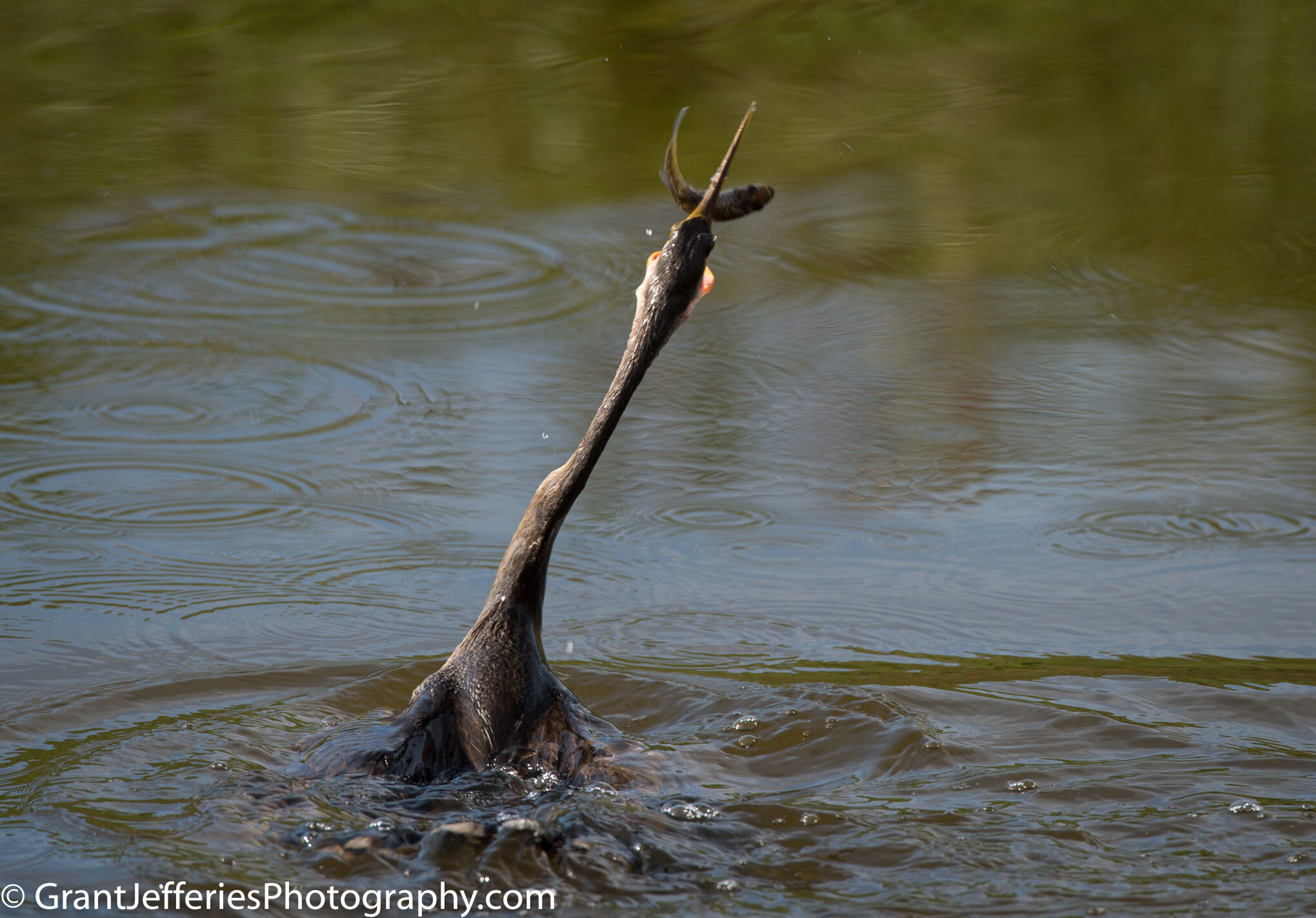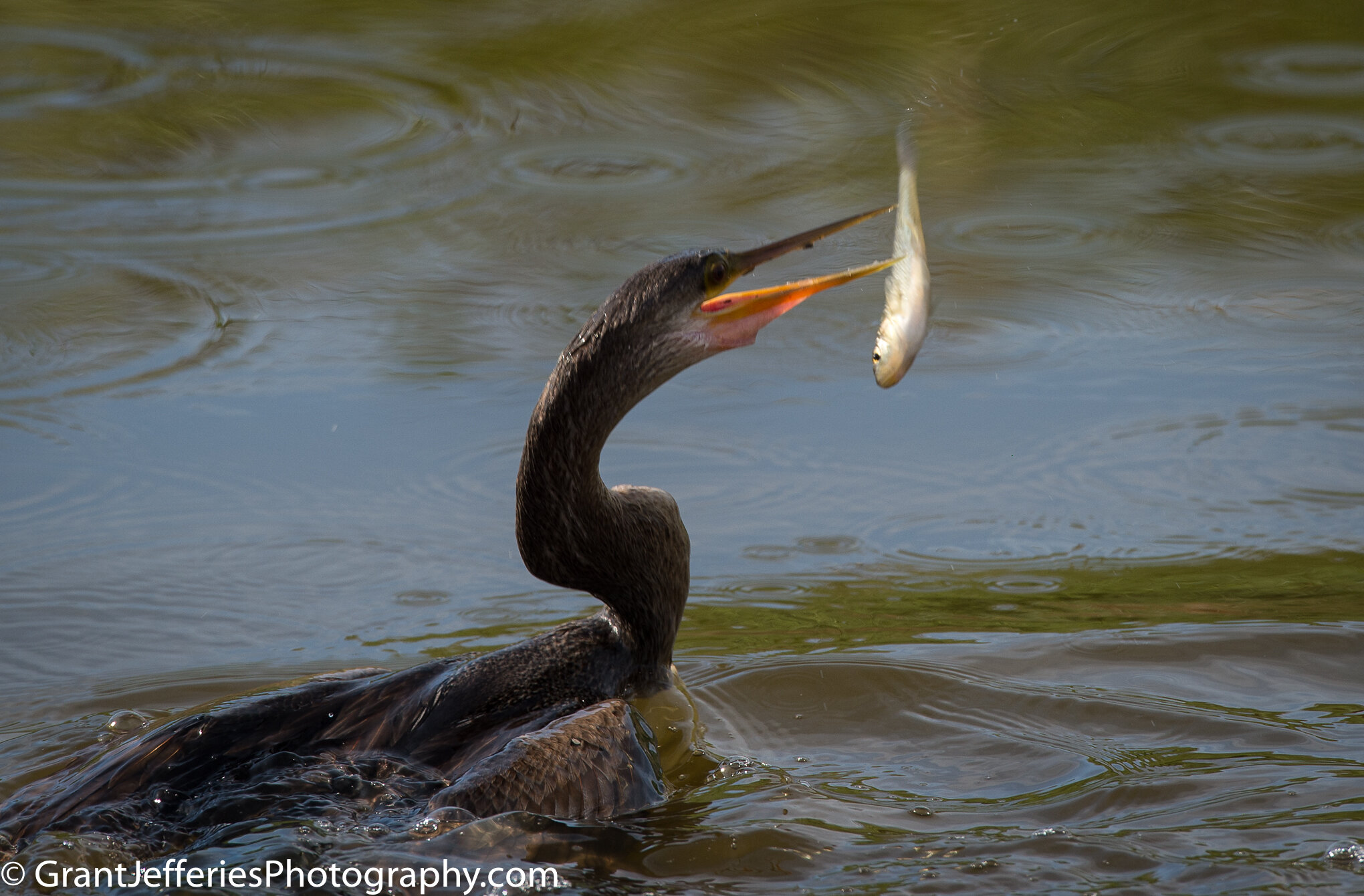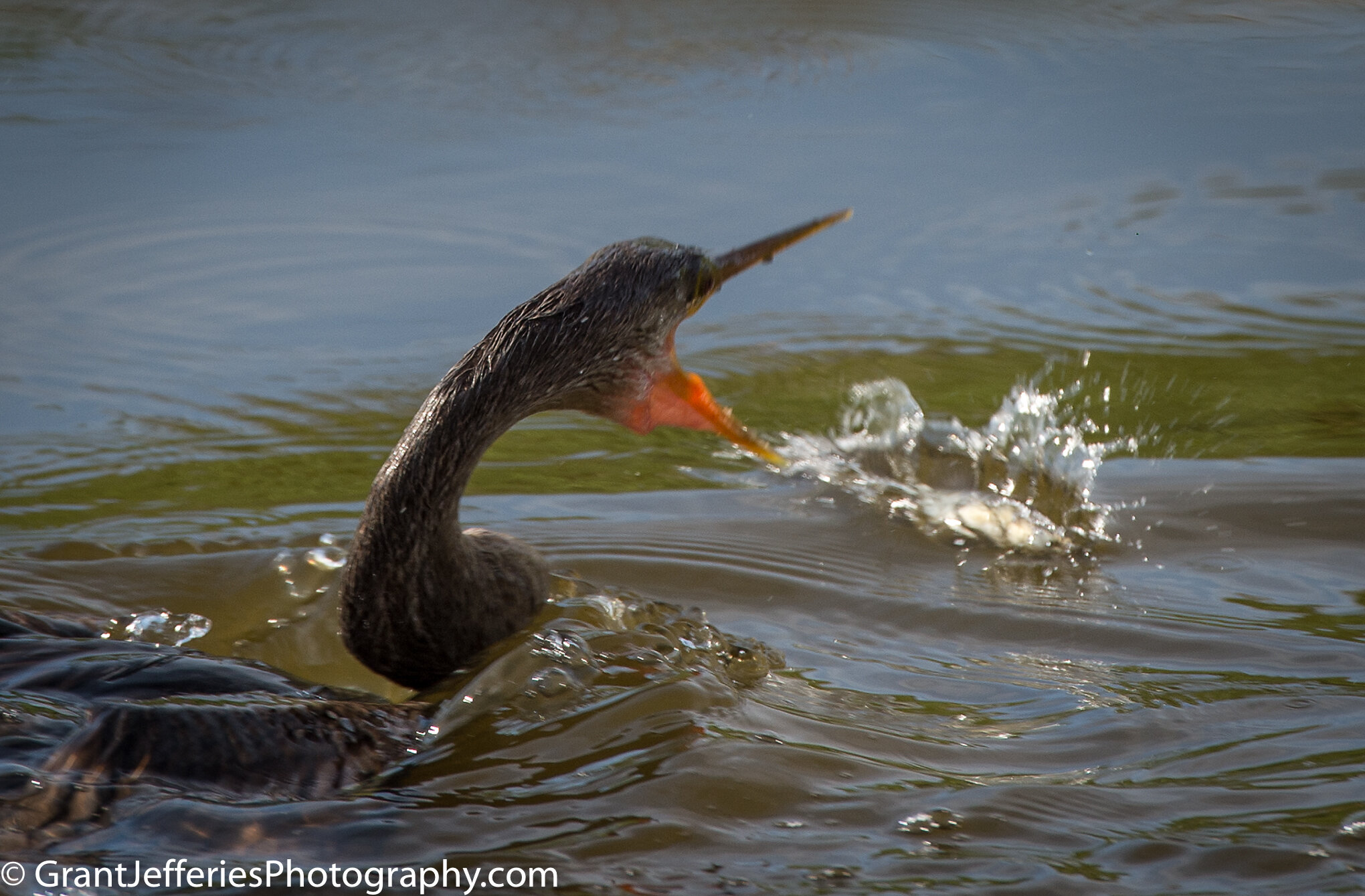This time last year I traveled to the Conowingo Dam at the border of Pennsylvania and Maryland to capture photos of eagles. The Conowingo Dam is famous for attracting eagles who feed there in the winter. The eagles are famous for their epic fights over the fish that are caught. They chase each other through the air grabbing for the fish. The juvenile eagles in particular chase the adult eagles for the fish.
I went with great expectations of getting amazing photos I couldn’t get anywhere else. And I froze trying to do it. The eagles fish there in the coldest part of the year — late November through February. Standing on the edge of the water in the north that time of year can take your breath away. Also last year the water levels were high, meaning the eagle activity was slow and contained to the far side of the dam. I had a great trip and had a great time with new friends, but I didn’t come home with the spectacular eagle photos I was hoping for.
This morning out at Robinson Preserve, I was reminded of that trip when directly above my head I spotted a juvenile eagle chasing an osprey for a fish. I didn’t have to travel 1,100 miles to catch the chase close up and even though I forgot my jacket on this chilly Florida morning, I didn’t freeze while watching the spectacle. It was an amazing thing to watch. The birds were close and the chase was dramatic. You could hear the osprey warning the eagle to back off, but that juvenile wasn’t listening. He was focused on breakfast — the fish the osprey had just caught.
The chase went on for a while, until the osprey finally gave up and dropped the fish and the eagle dove down to get it. The osprey flew off in search of a fresh fish. I noticed several ospreys out fishing this morning and it’s always fun to get photos of them diving and coming up out of the water. It’s rare to see an eagle chase an osprey, but it happens and it happens in our own back yard. It was a good reminder that you don’t really have to travel far to find amazing photos.

